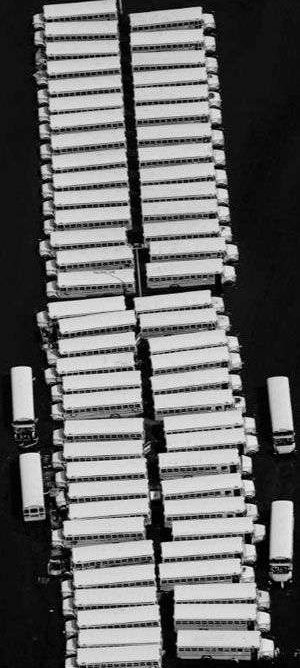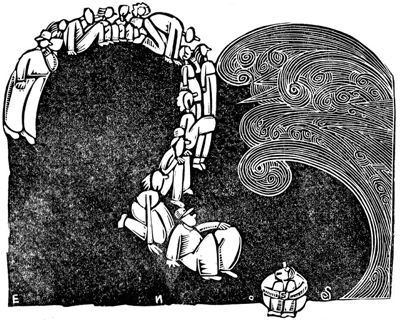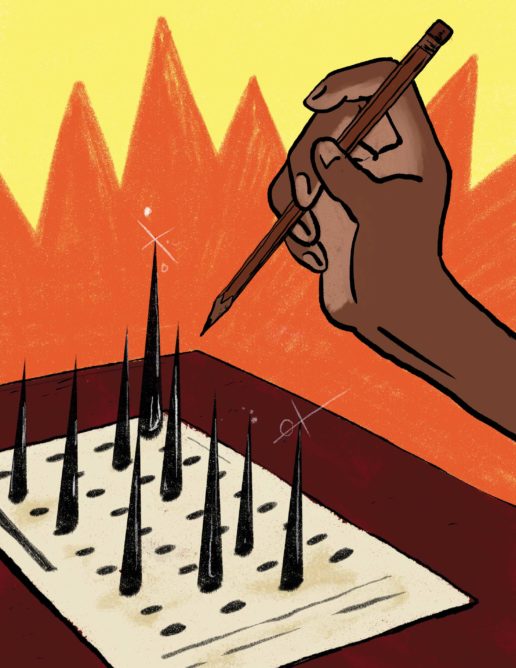A high school teacher analyzes the biases in financial literacy curricula and shares how he teaches about alternative economic systems and powerful labor and social movements instead.
A high school teacher has students problematize the conditions of their school to learn about funding disparities and the disastrous effects of district debt.
While names like Rockefeller, Ford, Annenberg, and Carnegie traditionally have dominated foundation-funded education reform, in recent years a new group of foundations has emerged — Gates, Walton, and Broad, to […]
Books:
It’s Still the Economy, Stupid…
High school students learn about the conflict over the pipeline by participating in a role play.
Video resources for the classroom, plus links to activist websites.
Students play a game promoted by the coal industry, then dig beneath the surface to look at the realities of mountaintop removal mining.
By Julie Treick O’Neill A review of the film Maquilapolis [City of Factories]
A writer and mother sifts through the fund-raising business and discovers that products that educate students and consumers and reward workers.
CBS goes overboard with this painful exploitation of children.
Before the floodwaters receded in New Orleans, conservative education reformers rushed in selling a market-based future.
Eighth graders finally get what they ask for: an algebra lesson for the real world.”
Film: Granito de Arena (Grain of Sand) by director: Jill Friedberg, Corrugated Films, 2005, DVD. 60 min.
It wasn’t just the hurricane that devastated the Gulf; it was also a slower, more preventable surge of racism and poverty.
Chicago’s renaissance” could mean dark age for city’s public schools.”
The Gates’ $735 million have made them key players in small school reform.
The Dec. 26 tsunami swept away the lives of more than 200,000 people and ravaged the livelihoods of millions more. Throughout the world teachers and students discussed the tsunami and […]
While high-profile tests like the SAT are problematic, Karp argues that we need to end the routine standardized tests that plague students and teachers.
So often, the climate crisis is presented in frightening, threatening terms: rising seas, superstorms, raging wildfires, unlivable temperatures, species extinction, disappearing glaciers, dying coral, climate refugees. These are real. But the paradox is that this dystopian possibility is forcing us to imagine an entirely different kind of society. Schools have a central role to play in devising new alternatives and equipping young people to bring those alternatives to life. This is the work we’ve been assigned.
High-stakes tests have not only failed to achieve racial equality in schooling, they’ve also made it worse for students of color.
The latest installment of our Earth, Justice, and Our Classrooms column looks to a piece of very good news that national media missed following the 2018 midterm elections. By a margin of almost two-to-one, tens of thousands of Portland, Oregon, voters approved an imaginative clean energy initiative that offers a model for the rest of the country — at the ballot box, but also in our classrooms.
“Climate justice” education means a lot of things. But one key aspect is that we involve students in probing the social and economic roots of the crisis.
The director of a world language teacher preparation program argues for an end to the edTPA because it bars native Spanish speakers from public school classrooms.
A Connecticut educator who taught English to incarcerated young men for 20 years describes what happened when she introduced her students to the Canadian “Leap Manifesto.”
There are few public schools receiving as much attention these days as LeBron James’ I Promise School in Akron, Ohio — and it’s because it’s just that: a public school.
























